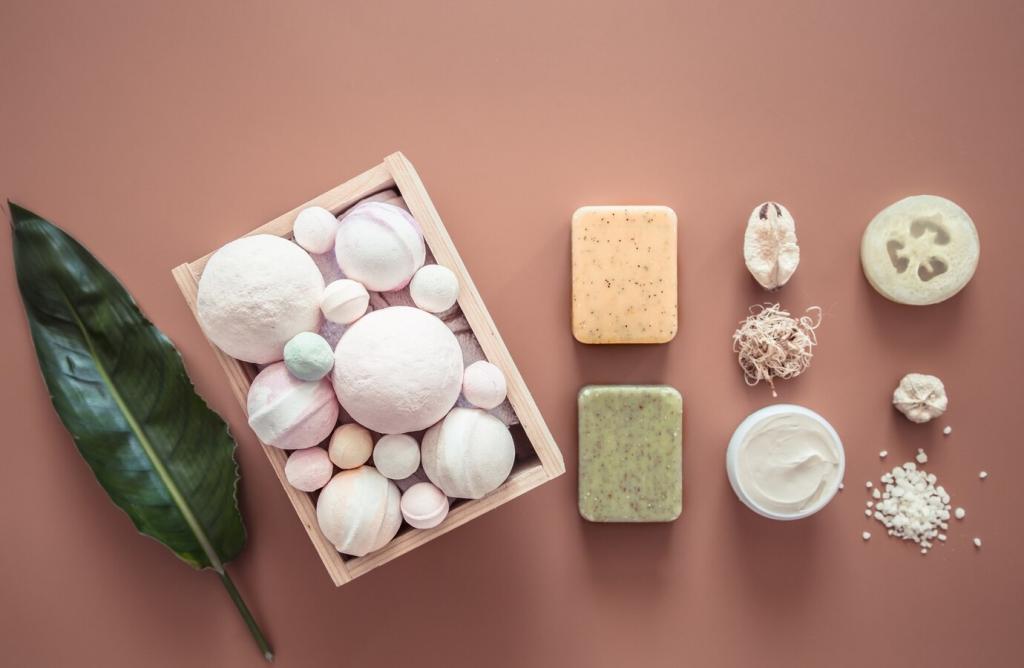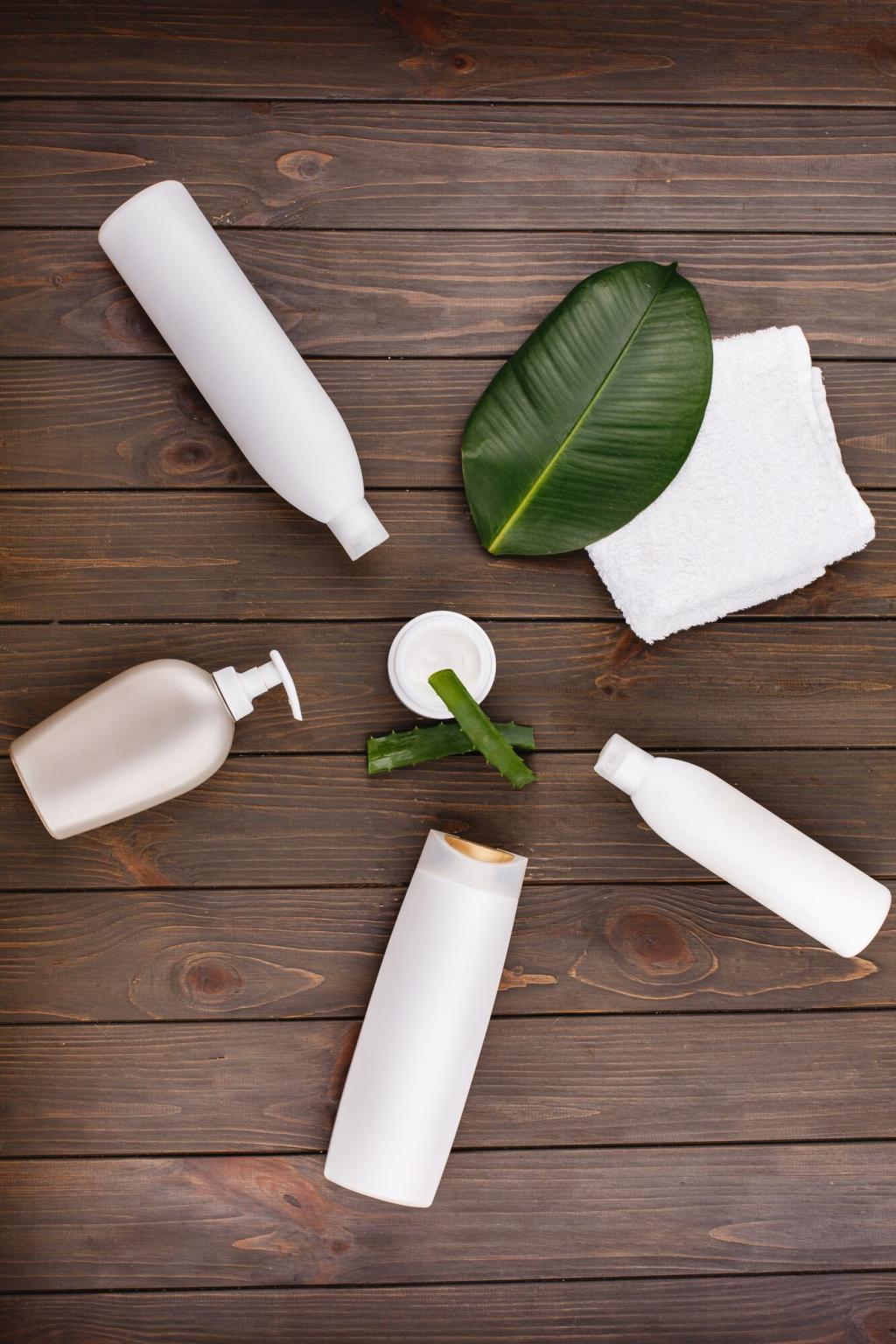Real-Life Stain Stories—and Kinder Solutions
When our toddler turned movie night into a purple experiment, we blotted fast, applied a mild, enzyme-friendly cleaner, and resisted rubbing. Several gentle passes preserved the weave, color, and everyone’s bedtime schedule.
Real-Life Stain Stories—and Kinder Solutions
After a rainy dash through the garden, paw tracks dotted the chaise. We let mud dry, vacuumed, then misted a pH-neutral cleaner and blotted patiently. No harsh scrubbing, no fuzzing, just satisfied, sleepy pups.








